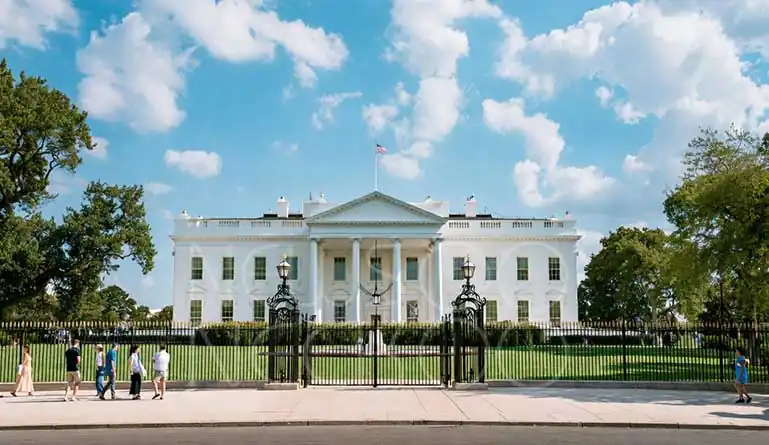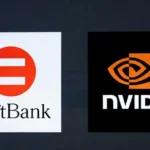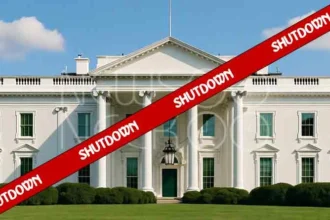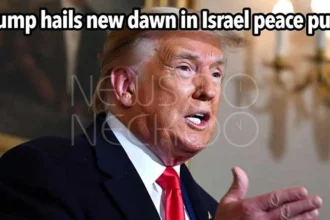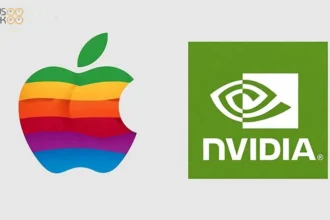A Flicker of Hope in Washington: US Senate Takes First Step to End Record-Breaking Shutdown
After 40 long days, a glimmer of light has finally appeared at the end of a very dark tunnel. The United States Senate has taken a crucial first step toward ending the longest government shutdown in the nation’s history, a stalemate that has left hundreds of thousands without pay and millions of Americans feeling the pinch.
In a rare weekend session in Washington, a group of lawmakers from both major parties came together to vote on a deal. This agreement aims to restart the government, which has been largely frozen since October 1st after politicians failed to agree on a funding bill.
The vote in the Senate is what is known as a “procedural” step. Think of it as unlocking a door before you can walk through it. It doesn’t immediately end the shutdown, but it allows the official process to finally begin. The deal must still pass a final vote in the Senate and then clear another big hurdle: the House of Representatives.
For the more than 1.4 million federal employees who have been working without pay or told to stay home, this progress offers a fragile hope. These are real people—air traffic controllers, museum workers, food safety inspectors—who have missed paychecks and struggled to pay their bills for over a month.
The impacts of the shutdown have stretched far beyond government offices. Travellers have faced longer security lines at airports as security staff have called in sick. A programme that provides food benefits for 41 million low-income Americans has been at risk. The shutdown has touched many parts of daily life.
So, what broke the deadlock?
The agreement was negotiated between the top Republican in the Senate, John Thune, and the White House. They were joined by a small group of Democrats and an independent senator who often sides with them. In the Senate, most bills need more than a simple majority to pass; they need 60 votes. With Republicans holding 53 seats, they needed help from across the political aisle.
In the end, eight Democrats voted with the Republicans to move the deal forward. Only one Republican, Senator Rand Paul, voted against it, arguing the bill would add too much to the national debt.
The key to getting Democratic support was a promise. The deal includes an agreement to hold a vote in December on extending healthcare subsidies. These subsidies help tens of millions of Americans afford their health insurance, and Democrats had refused to support any government funding unless this issue was addressed.
Also Read: U.S. Shutdown: The 10th Vote and a Broken Washington
“I’m thankful to be able to say we have senators, both Democrats and Republicans, who are eager to get to work,” Senator Thune said before the vote.
However, not everyone is celebrating. Many Democratic leaders are frustrated. They feel their colleagues who negotiated the deal did not get enough solid promises in return for their support. They argue that the details of the healthcare vote are still too vague.
This division shows that the path to fully reopening the government is not yet smooth. While the Senate vote is the most significant progress seen in weeks, it is not the final word. All eyes now turn to the House of Representatives, where the deal faces another tough battle.
For now, the nation holds its breath, waiting to see if this fragile agreement can become the key that finally unlocks the government’s doors.
Author: Yasir Khan
Date: 10 Nov, 2025
For More Updates, Visit Newsneck


